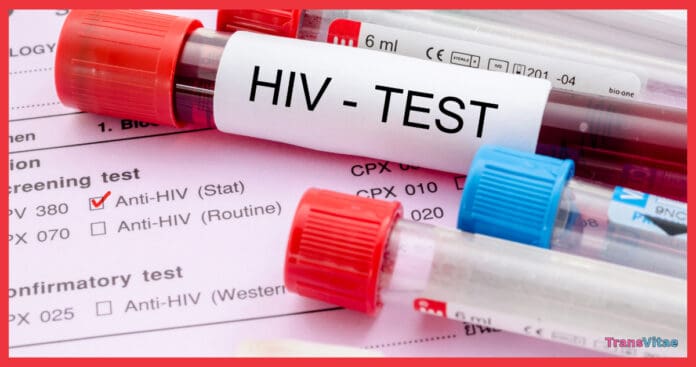Today, April 18, marks National Transgender HIV Testing Day (NTHTD), a day dedicated to promoting HIV testing, prevention, and treatment among transgender and non-binary individuals. Established to address the unique challenges faced by the transgender community in accessing healthcare, NTHTD emphasizes the importance of routine HIV testing and awareness.
Understanding the Disparities
Transgender individuals, particularly transgender women of color, are disproportionately affected by HIV. According to the Centers for Disease Control and Prevention (CDC), in 2021, transgender women accounted for 89% of new HIV diagnoses among transgender individuals. Black and Hispanic/Latina transgender women represented 78% of these new diagnoses. These statistics highlight the urgent need for targeted interventions and accessible healthcare services for the transgender community.
Barriers to Testing and Care
Several factors contribute to the disparities in HIV diagnoses among transgender individuals:
- Stigma and Discrimination: Transgender people often face transphobia and discrimination in healthcare settings, leading to mistrust and avoidance of medical services.
- Lack of Provider Knowledge: Healthcare providers may lack training in transgender health issues, resulting in inadequate care and counseling.
- Socioeconomic Challenges: Issues such as unemployment, housing instability, and limited access to education can hinder access to healthcare and HIV prevention resources.
Addressing these barriers is crucial to improving health outcomes for transgender individuals.
The Importance of Routine Testing
Routine HIV testing is a vital component of HIV prevention and care. The CDC recommends that everyone between the ages of 13 and 64 get tested for HIV at least once as part of routine healthcare. Individuals with higher risk factors, including transgender people, should be tested more frequently.
Early detection of HIV allows for timely treatment, which can improve health outcomes and reduce the risk of transmission. Moreover, knowing one’s HIV status empowers individuals to make informed decisions about their health.
Accessing Testing Services
Various resources are available to facilitate HIV testing for transgender individuals:
- AIDSVu: Provides an interactive map to locate HIV testing services nationwide
- CDC’s GetTested Locator: Offers a searchable database of testing sites across the United States.
- At-Home Testing Kits: Available for individuals who prefer the privacy and convenience of self-testing.
Ensuring access to confidential and affirming testing services is essential in encouraging routine HIV testing within the transgender community.
Prevention and Treatment Options
In addition to testing, several prevention and treatment strategies are effective in managing HIV:
- Pre-Exposure Prophylaxis (PrEP): A daily medication that significantly reduces the risk of HIV infection.
- Post-Exposure Prophylaxis (PEP): A short-term treatment started within 72 hours after potential exposure to HIV.
- Antiretroviral Therapy (ART): For individuals diagnosed with HIV, ART helps maintain a suppressed viral load, improving health and reducing transmission risk.
Education and access to these options are critical in empowering transgender individuals to take control of their health.
Community Support and Advocacy
Community organizations play a vital role in supporting transgender individuals affected by HIV. These organizations offer services such as counseling, support groups, and assistance with healthcare navigation. Advocacy efforts also focus on policy changes to improve healthcare access and reduce discrimination.
Taking Action
On this National Transgender HIV Testing Day, consider the following actions:
- Get Tested: Know your status and encourage others to do the same.
- Educate Yourself and Others: Learn about HIV prevention and treatment options.
- Support Transgender Communities: Advocate for inclusive healthcare policies and support organizations serving transgender individuals.
By taking these steps, we can work toward reducing HIV disparities and promoting health equity for all.
For more information and resources, visit AIDSVu and CDC’s HIV and Transgender People.


